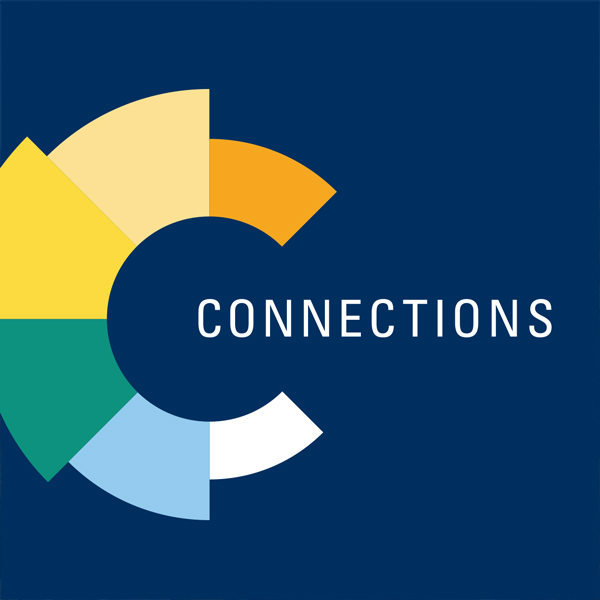Pathways form an integral part of the redesigned Connections curriculum. But, as a junior and a member of the Media, Rhetoric, and Communication Pathway, I have found myself unexpectedly perplexed trying to understand precisely what this program is trying to accomplish and how it enriches my own college experience. Modeled after the centers for interdisciplinary scholarship, each Pathway consists of four principal components: a thematic inquiry course taken in the spring of sophomore year, three core courses that relate to the theme of the Pathway, some form of global or local engagement, such as an internship, and a senior reflection course which culminates in the All-College Symposium. All of these pieces should connect to an animating question, which should in turn connect various elements of your college experience, such as your major(s), minor(s), extracurriculars, and community engagements. Despite its promising claims, the Pathway program lacks a set of clearly defined goals or objectives, and has yet to strike the balance between having too many requirements and providing students with enough guidance to create a truly enriching experience.
Based on Conn’s mission statement, the goal of the Connections curriculum as a whole is to “put the liberal arts into action as citizens of a global society.” However, there is no specific written objective for how the Pathways fit into this initiative. Is the global/local engagement requirement the “action” referred to in the mission statement? Is the act of pursuing a Pathway to connect different fields of study in and of itself sufficient “action?” What other ways might students accomplish this mission without the completion of a Pathway (or a Center)? How, exactly, does the Pathway unify our college experience? Which elements are most beneficial for doing so? How much weight does the completion of a Pathway hold outside of Conn? These are all questions I have received only vague and insufficient answers to thus far.
These undefined objectives further lead to two fundamental flaws in the program’s design: the Pathways attract students already interested in interdisciplinary learning, and emphasize reflective, academic learning over experiential learning. One core tenant of the Pathways is interdisciplinary learning, however, those most interested in tying together multiple fields of study like the program promises have already taken an interdisciplinary course load. The program provides little to no incentive for those who might hesitate to branch out beyond their major or area of study, aside from waiving the requirement for one mode of inquiry. As such, it is nearly impossible to know whether the broad themes of the Pathways foster interdisciplinary discourse, or if the students who seek out the program would have had these conversations anyway.
Further, the Pathways lack a set framework or set of checkpoints to guide students along their journey. After the completion of the thematic inquiry course sophomore year, students are left to their own devices until the fall of senior year to figure out how to relate their coursework to the Pathway, whether they choose to meet with their Pathway coordinator for guidance, and how their animating question might evolve. Of course, a certain amount of flexibility in comparison to the Centers is to be expected, however, the complete lack of any structure or advising meetings makes it unnecessarily difficult to view this process as a gradual journey as opposed to fragmented weeks of forced reflection.
All of this being said, I still do not hold an overall negative view of the Pathway program. Regardless of its shaky aims and multiple shortcomings, it has been an enjoyable and enlightening experience for many students, myself included. After viewing my classmates’ presentations on November 4 at the All-College Symposium, I realized that I had been overlooking one of the most important elements of all: community. Ultimately, the pathways might not dramatically influence you to do something completely new or exciting, or even take classes radically different from those you would usually be taking. But, they do provide a designated space to reflect upon your college experience, to look back on these four rather chaotic years with polished unity, and to share what you have learned with a diverse community of peers, faculty, staff, and family members. This form of collaborative reflection is one undeniably unique to the Pathway experience, and meaningful in and of itself. With a few modifications, the Pathways could indeed guide students in “putting the liberal arts into action.”









